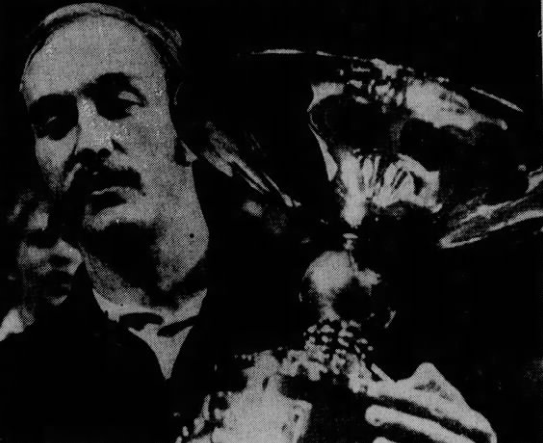On the rare occasions that Rod Laver lost his cool, he channeled his anger into the ferocious serve-and-volley game that made him the best who ever lived. Imagine the crowd’s surprise, then, when after making 33 errors in a single set against Stan Smith, Laver smacked a ball into the ceiling of Dallas’s Moody Coliseum.
Despite failing to win a major title since his 1969 Grand Slam, Laver was still considered the strongest player in the world by many pundits and fellow players. But the 1973 World Championship Tennis circuit had dented that reputation. Smith beat Laver for just the third time in ten career tries when they faced off in Atlanta in March. Stan did it again a week later. Two weeks after that, the American made it three in a row.
The Rocket won four titles on the 1973 WCT circuit, but none since mid-March. In the meantime, he struggled with a nagging back injury and watched his rival rack up six titles of his own. Smith headed to Dallas as the top seed and prize money leader of the eight-man field. The draw lined up the two men for a semi-final showdown; after perfunctory defeats of Roy Emerson (by Laver) and John Alexander (by Smith), a best-of-five clash was set.
The WCT Finals didn’t have quite the stature of the majors, but the event was getting there. Ken Rosewall had won classic duels from Laver in each of the last two years. More importantly, both were televised. Perhaps more than any other match, the 1972 title bout, with its fifth-set tiebreak, had established tennis as a made-for-TV sport. The veteran Aussies were more concerned with prestige than ratings, but there was a happy medium: The event was probably the fourth- or fifth-most important on the men’s calendar.
Before Laver could play for the elusive title, he’d have to get past Smith. On May 11th, the American started slowly, double-faulting on set point to give the first set to Rocket, 6-4. In the second, though, he once again showed that he could break the Laver serve. Smith made his move in the seventh game and won the set, 6-4. The third frame was the one that drove the Australian over the edge. After Laver vented his frustration, Smith took the tiebreak, 7-2. The two men traded breaks in the fourth, then the American attacked again in the 12th game to break again and take the match, 7-5.
Two days later, Smith finished the job–on national television–by defeating Arthur Ashe, who had knocked out Rosewall in the semis. Stan’s haul for the four-month circuit reached $154,100.
“I don’t know if I’ll ever have another 17 weeks like this,” he said.
The championship, combined with the defeat of Laver, put to rest any doubts that may have lingered after Smith won the 1972 Wimbledon title. Laver, Rosewall, and others were kept out of the 1972 Championships because of their status as contract professionals. (Smith only joined the WCT tour in 1973.) The Wimbledon field was plenty strong, but no competition was truly complete without the Australian superstars.
“Before today I thought Rod was the best and then Kenny had won the other two WCTs so he had to be right up there, too,” Smith said after securing the title. “Today is the first time I feel comfortable saying I’m maybe the best in the world.”
* * *
This post is part of my series about the 1973 season, Battles, Boycotts, and Breakouts. Keep up with the project by checking the TennisAbstract.com front page, which shows an up-to-date Table of Contents after I post each installment.
You can also subscribe to the blog to receive each new post by email:
